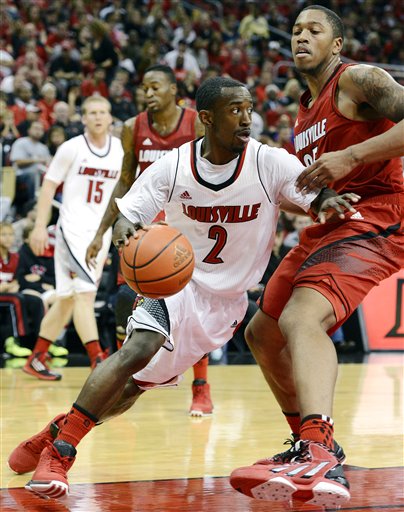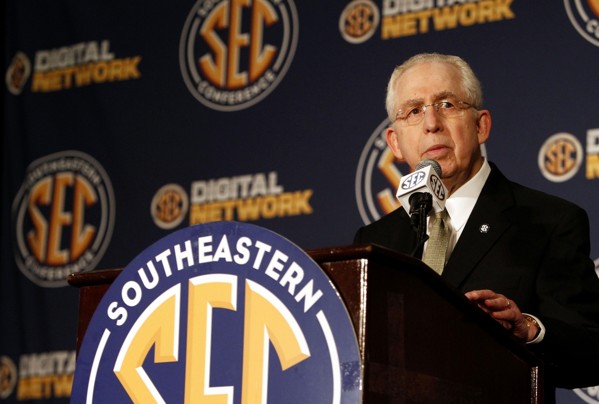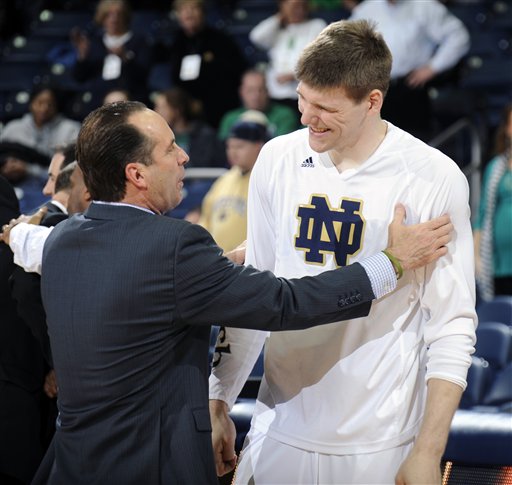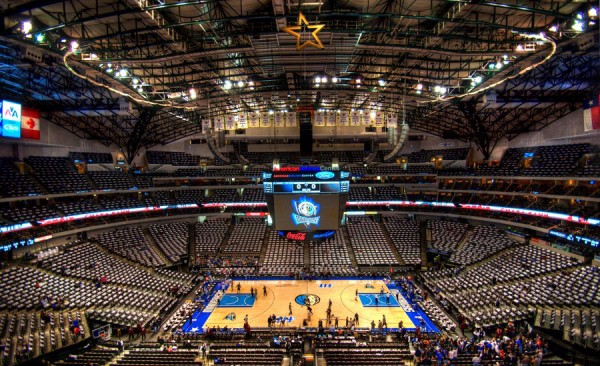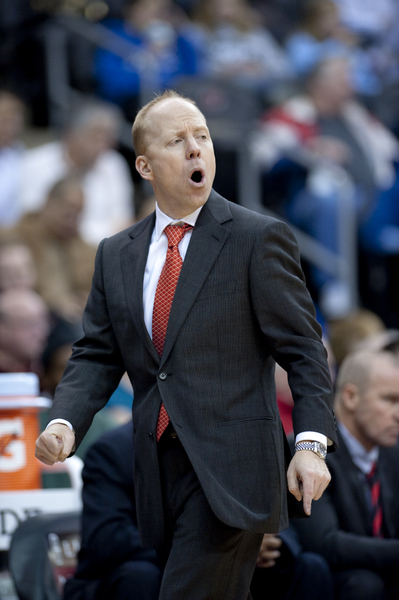Ben McLemore Allegations More Fodder For a Monotously Grating Debate
Posted by Chris Johnson on May 6th, 2013Chris Johnson is an RTC Columnist. He can be reached @ChrisDJohnsonn.
Maybe the most important question is, “is anyone even the least bit surprised?”
That was the first thought that jostled around my frontal lobe after reading Eric Prisbell’s expose in Saturday’s USA Today detailing St. Louis-area AAU Coach Darius Cobb’s admission to receiving multi-thousand cash payments and free-expenses paid trips in exchange for perceived influence and access to Kansas star and likely top-three NBA draft pick Ben McLemore. Cobb reportedly met with various sports agents and financial advisers looking to steer McLemore to the professional ranks after his redshirt freshman season. Even a cursory knowledge of NCAA protocol would lead you to make the following conclusion without much in the way of deep introspective thought: An investigation of Kansas’, and by extension McLemore’s, alleged impropriety could result in the Jayhawks not only losing their Big 12 title and Sweet Sixteen appearance, but having its entire 2012-13 season expunged from NCAA historical accounting. Everything McLemore touched during his college career could be in danger of sheer obliteration. There would be protest and angst and complaints. It would get ugly.
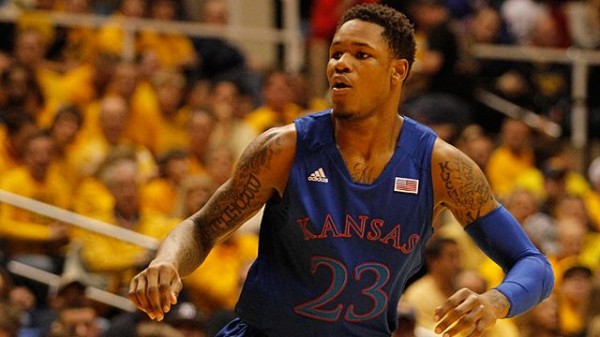
The NCAA ultimately may not be able to find any wrongdoing on behalf of Kansas or McLemore (Getty Images).
Or maybe it won’t: thanks to some quick analysis on the matter at hand from John Infante, the internet’s resident NCAA bylaw expert and author of the famous Bylaw Blog, a completely blood-free resolution of the case seems entirely plausible, even historically prudent. Kansas can look through the superficial ugliness of its star freshman shooting guard and nefarious AAU-circuit go-betweens and financial impropriety, yearn for a punishment-free future and not feel totally nervous about the whole thing. The NCAA, as is all too often the case in high-profile impermissible benefits cases (and as was made glaringly evident in the resolution of the Lance Thomas jewelry fiasco), has no legal means by which to force Cobb, alleged McLemore-invested runner Rodney Blackstock or even McLemore himself, now that he’s declared for the NBA Draft, to discuss his muddy past. The only looming repercussion is if Cobb or Blackstock qualifies as an “agent,” which could very well be the case under the NCAA’s new expansive definition, or – as Infante details in much greater and clearer nuance – if McLemore is proven to have had knowledge and willing acceptance of Blackstock’s (or whoever else was involved) services.






























